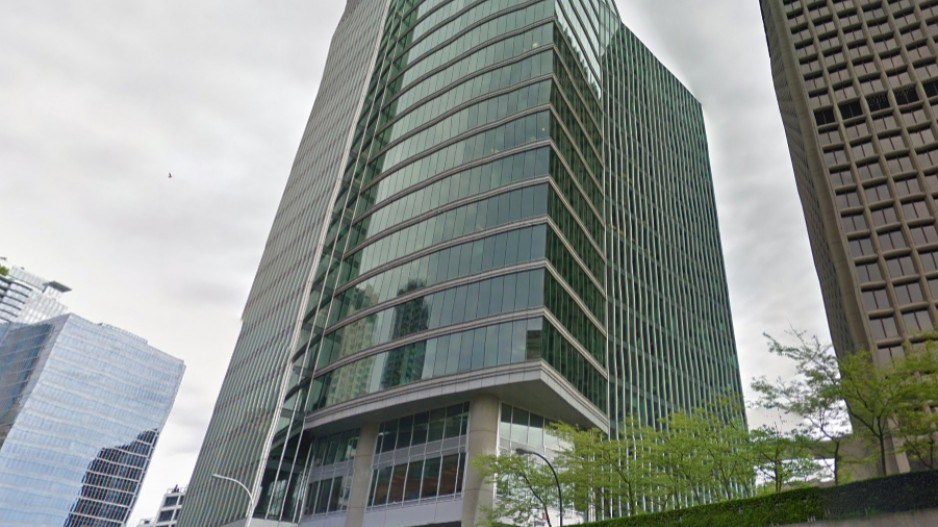When tenants move into a new office tower, they expect the most current building finishes, amenities and a level of performance that measures up to existing standards, such as the recognized Leadership in Energy and Environmental Design (LEED) program for environmental sustainability and the newer Well standard for building health.
But for the design team and consultants charged with specifying the equipment that will deliver on those aspirations, it’s a tough gig. Keeping ahead of advances in building systems is not quite a mug’s game, but it’s extremely challenging.
And if keeping pace with current technology is a challenge for a building that isn’t even built, spare a thought for towers like 250 Howe Street, completed in 2002, which Colliers International recently reclassified to A class from triple-A.
“The technology is so rapidly changing that it couldn’t be classified as triple-A,” Maury Dubuque, managing director with Colliers in Vancouver, said of the 15-year-old tower.
This isn’t to say that it’s not a good building, but like a dozen other properties in the downtown core, it didn’t warrant the higher rating given how building systems and tenant demands have shifted.
Besides 250 Howe, a number of other downtown towers – some of them built in the 1980s – were reclassified.
“We had a number of buildings that were still classified, market-wide, by us and our peers as triple-A buildings that were 35 years or older, and that made no sense, particularly with the opening of 725 Granville and 745 Thurlow and Telus Garden,” Dubuque said.
The result was that downtown Vancouver’s triple-A stock went from a dozen towers to seven (eight, with the newly opened Exchange at 475 Howe) and floor area dropped from 4.6 million to 2.7 million square feet. The average age, in turn, dropped to six years from 26.
“Some of them we made A, some of them we made B buildings,” Dubuque explained. “They remain prestigious addresses, and they still have exceptional management, but they’re just [last] generation.”
Those last-generation buildings don’t appeal to a new generation that’s looking for flexible space with hotel-like finishes and spa-like end-of-trip facilities.
Avison Young and other firms are also engaging in a reclassification process, and it will repeat when the next wave of office towers – including Burrard Place, Vancouver Centre 2, 401 West Georgia and 320 Granville – are completed over the next five years.
“We are always continuously updating our downtown office inventory,” said Andrew Petrozzi, a principal and vice-president of B.C. research with Avison Young in Vancouver. “We do expect to initiate another update when the delivery of the next wave of development begins in earnest in 2020-21.”
Avison Young last reclassified the downtown inventory at the end of 2015 and, before that, in 2012.
The new completions apply pressure to B-class space, which accounts for nearly 45% of the downtown office market and often has trouble standing out from the crowd. C-class offices don’t face the same issues, because much of the space has – literally – stood the test of time and has the appeal age alone provides.
“They remain a really, really attractive destination for those knowledge-based industries,” Dubuque said. “They like those.”
However, the reclassification process underscores how little top-tier office space Vancouver has. While it aspires to be a world-class city, Vancouver’s eminently livable core has surprisingly little world-class commercial space.
“We’ve got a lot of office product that’s 50 years old. It’s time to upgrade,” said Ross Moore, senior vice-president in the Vancouver office of tenant representation firm Cresa Global Inc., during a November 1 panel discussion at the Vancouver Real Estate Strategy and Leasing Conference. “It’s part of being a world-class city. With just a few exceptions, we don’t have world-class office towers.”
The new towers should also help landlords command higher rents. Blockbuster prices in excess of $2,100 a square foot for strata office space at 320 Granville Street suggest that downtown rents should be exceeding $60 a square foot, but they’re peaking at $57.72 according to a report this summer by Jones Lang LaSalle.
“The best-quality buildings are going to be their first choice,” said Dubuque of tenants’ migration to the new spaces being built. “Yet there’s little difference in price from the well-managed A-class space they trump. There is a premium, but it’s not substantial.”




